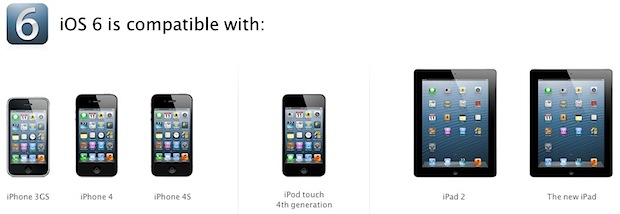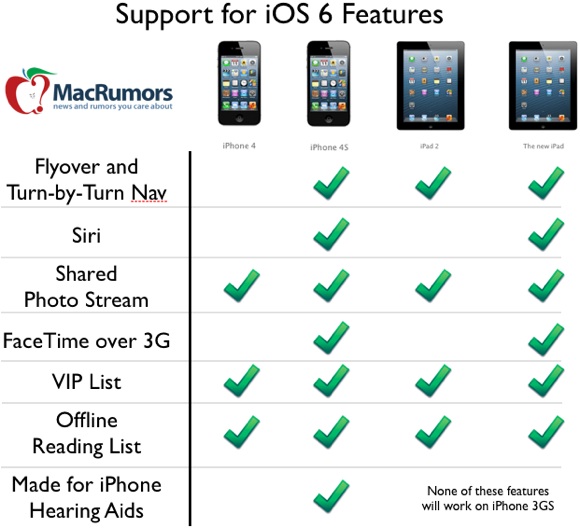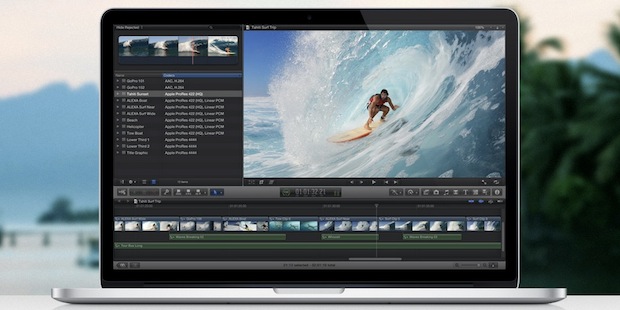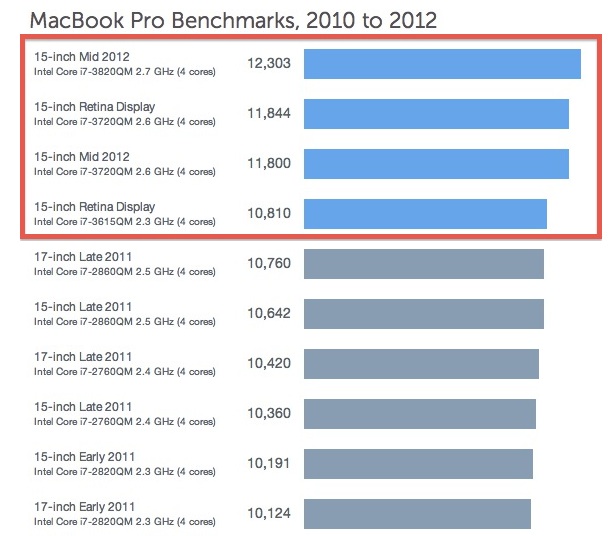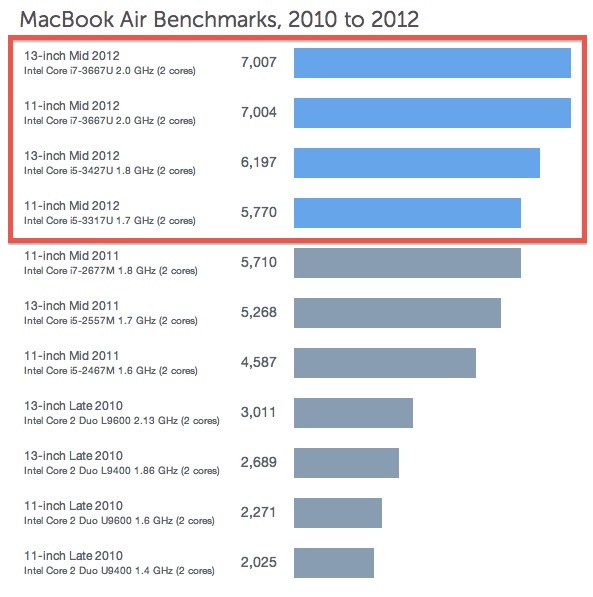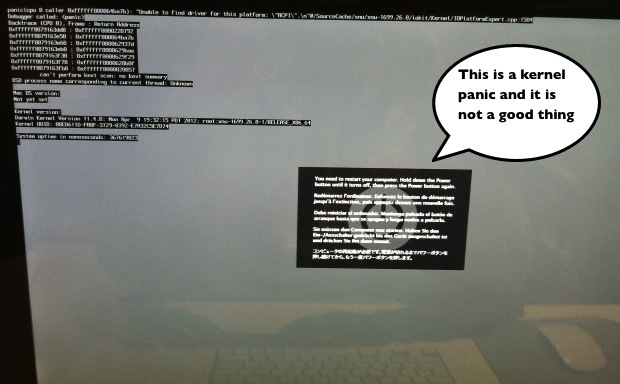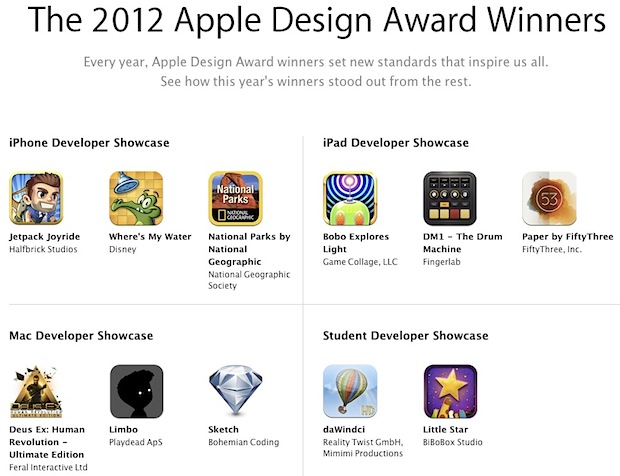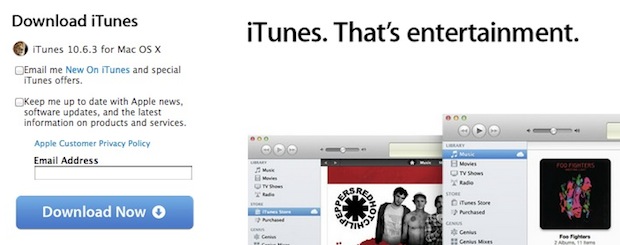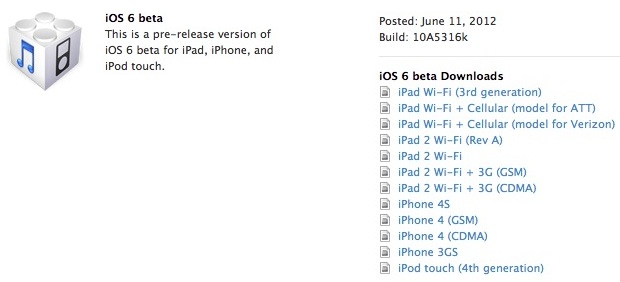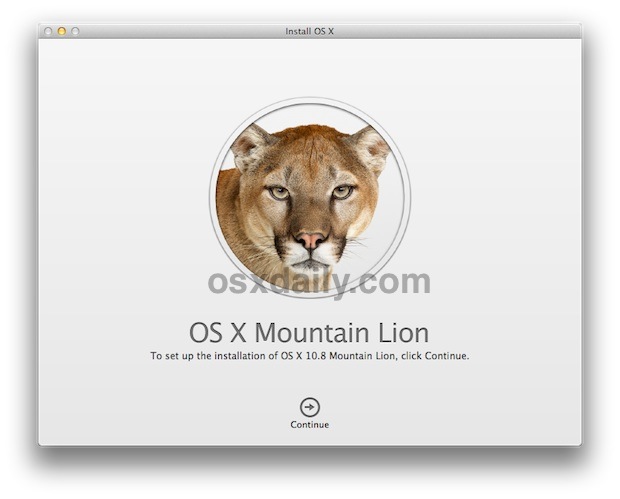iOS 6 Jailbreak Already Available with Redsn0w 0.9.13dev

The first beta of iOS 6 has only been in the wild a few days but has already been jailbroken. The DevTeam released a dev build of Redsn0w 0.9.13 to handle the jailbreak which works on iPhone 4, iPhone 3GS, and iPod touch 4G, though each device is tethered for the time being and there are a handful of major issues with the jailbreak that should prevent most users from attempting to use it on their devices.
As the versioning implies, Redsn0w 0.9.13dev1 is intended for developers only. There are many components that do not work, including Apple’s default apps, many 3rd party apps, Cydia apps, and more. Furthermore, this version of the tethered jailbreak does not install Cydia. Because of all the caveats this is really a proof of concept and should not be widely adopted beyond those developing jailbreak tweaks or apps, but it does suggest that when iOS 6 is released to the public a jailbreak will accompany it rather quickly.
Download Redsn0w 0.9.13dev
For the brave devs that wish to try this, these are direct links:
If you’re a developer and you wish to try this out, point Redsn0w at the iOS 6 IPSW file to jailbreak, and then boot tethered. As the Dev Team mentions, anyone attempting to use this version of redsn0w will need a registered UDID to activate their device.
iOS 6 is scheduled for a public release this fall.

